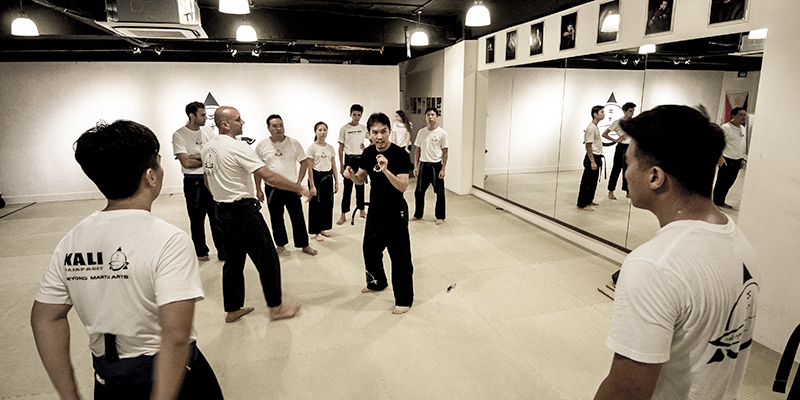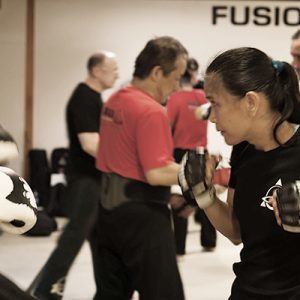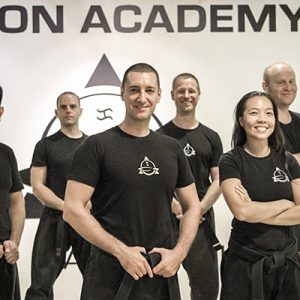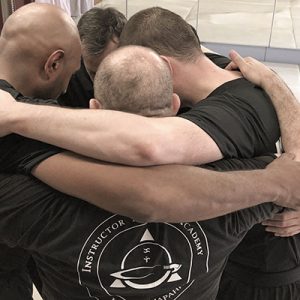
Visual, auditory and kinaesthetic learners: Three different ways of teaching
The recent works of Dr. Raymond Lafontaine confirm what common sense tells us: the same teaching technique for everyone is unnatural and counter-productive.
The world population could be divided more or less into three types of learners:
• Visual learners who capture the essential of a message with their eyes.
• Auditory learners who would rather use their ears.
• Kinaesthetic learners who use their own body and movements to understand and learn things.
The visual learner gives priority to what he sees; he cannot stand being spoken to without being looked at, he dislikes disorder, is rather structured and likes discipline. He has difficulty evaluating himself and likes to have the opinions of others. He concentrates on one thing at a time and does not begin anything that he cannot finish. He is very punctual and even tends to be stressed by time.
The auditory learner gives the priority to what he hears and the tone of the voice determines whether or not he accepts a message. He does not always act spontaneously because he likes to be warned in advance. He is rarely stressed, even less by time, which he tends in some cases to forget. His faculty for adaptability and “letting go” is higher than the visual learner. He can begin various things at the same time, sometimes appearing “messy.” He has difficulty in disciplining himself and is not very tidy; for him, an empty space is meant to be filled, whereas the visual learner has a vital need of a space that stays empty.
The kinesthetic learner must experience through his own body; to use movement before being able to remember any information or message. He can use the two previous means of training fairly easily, but will not integrate any information completely if he can’t re-transcribe it physically.
Come & Experience It Yourself.

Get In Touch
How can we help to get you started?







